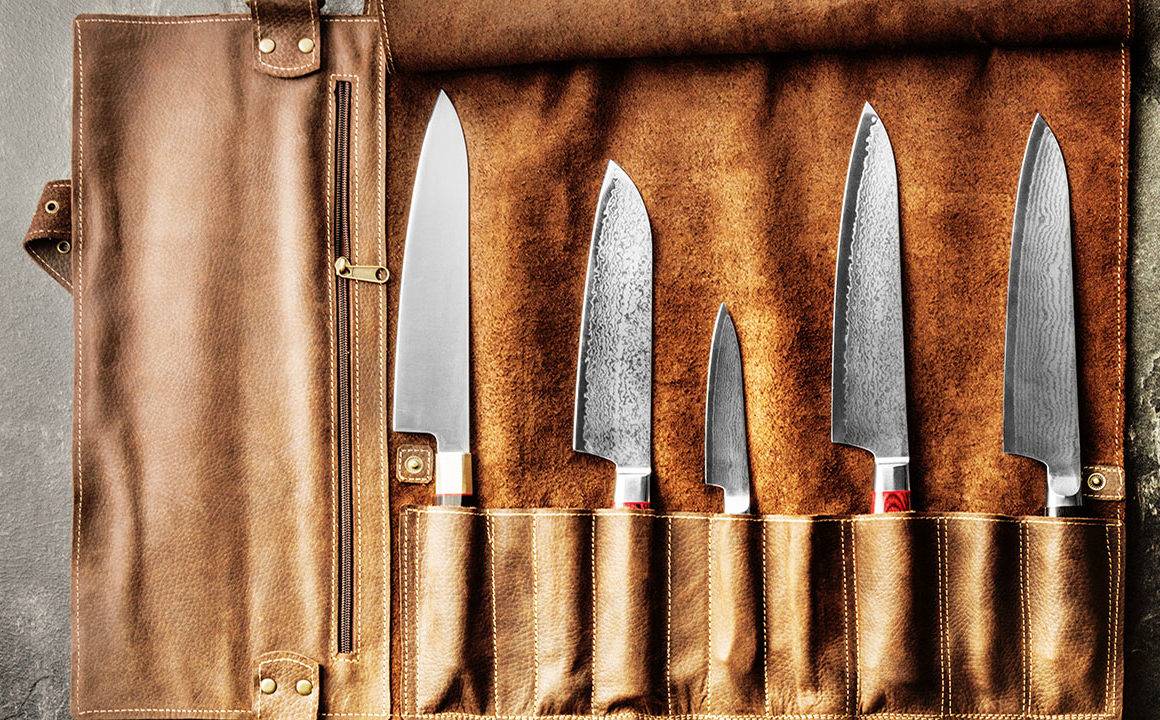What’s So Special About Japanese Steel When Using Scissors and Knives?

Although steel has been produced for centuries, the Industrial Revolution harnessed its true potential. Stronger and less expensive than iron, steel was core to the extraordinary progress of the age, evident in the accelerated construction of railroads, ships, and buildings. Major steel companies founded by business tycoons like Andrew Carnegie were consolidated in the early 20th century to create the first billion-dollar corporation in American history. A famous line from The Godfather Part II references this phenomenon when Hyman Roth tells Michael Corleone, “We’re bigger than U.S. Steel.” But then, for all its size and success, American-made steel is typically not the steel of choice for exclusive or premium tools. In fact, the U.S. is no longer the world’s leading manufacturer of steel.
If you’ve ever seen infomercials, chances are you’ve managed to catch an advertisement or two demonstrating the amazing chopping capabilities of Japanese knives. At the very least, you’ve had your hair cut by a professional stylist. Next time you sit in your hair dresser’s or barber’s chair, take a close look at the brand name on the scissors they are using. More than likely, they are using the elite brands forged from Japanese steel.
Japanese steel has become synonymous with strength and precision. When you consider the history of the metal in the small island nation over the centuries, most notably its use in weapons like the Katana sword made famous by the Samurai, it isn’t especially surprising that the Japanese still excel in the art of making steel. When the science of making steel was lost to the West after the fall of the Roman Empire, Eastern civilizations in India and Japan continued to perfect the craft.
Steel is the result of combining iron with carbon. It’s the amount of carbon added to the iron along with the smelting process that tends to distinguish the various types of steel. The more carbon, the stronger the steel. However, when it comes to producing the steel to manufacture the specific tools for which the Japanese are famous, there’s still a delicate balance that’s required. Modern technology hasn’t tainted the values behind the traditional process honored over the centuries. While the industry may have evolved, the principles behind it are intact.
The carbon content of Japanese steel is higher compared to others like German steel. Increasing the amount of carbon equates to a lighter product even though the steel is harder. These properties are ideal for the fabrication of knives and scissors requiring sharp, thin edges. It’s no accident that the high-end chef knives or stylist shears found on sites like Scissor Tech are predominately Japanese brands. By contrast, lower carbon content will result in softer, more durable steel. Although implements made with steel that contains less carbon than the Japanese version tend to stay sharper for longer, they can never deliver the same precision unique to the finely angled blades of Japanese steel.
If you’re in the market for cutlery or haircutting implements, like any product, there will inevitably be varying degrees of quality, even among the various Japanese manufacturers. Do your research, be wary of imposters, and work with vendors who guarantee their merchandise. However, it’s generally a safe bet that an investment in equipment made with Japanese steel will be worth the added expense.
YOU MIGHT ALSO LIKE:
Share via:






Leave a Comment